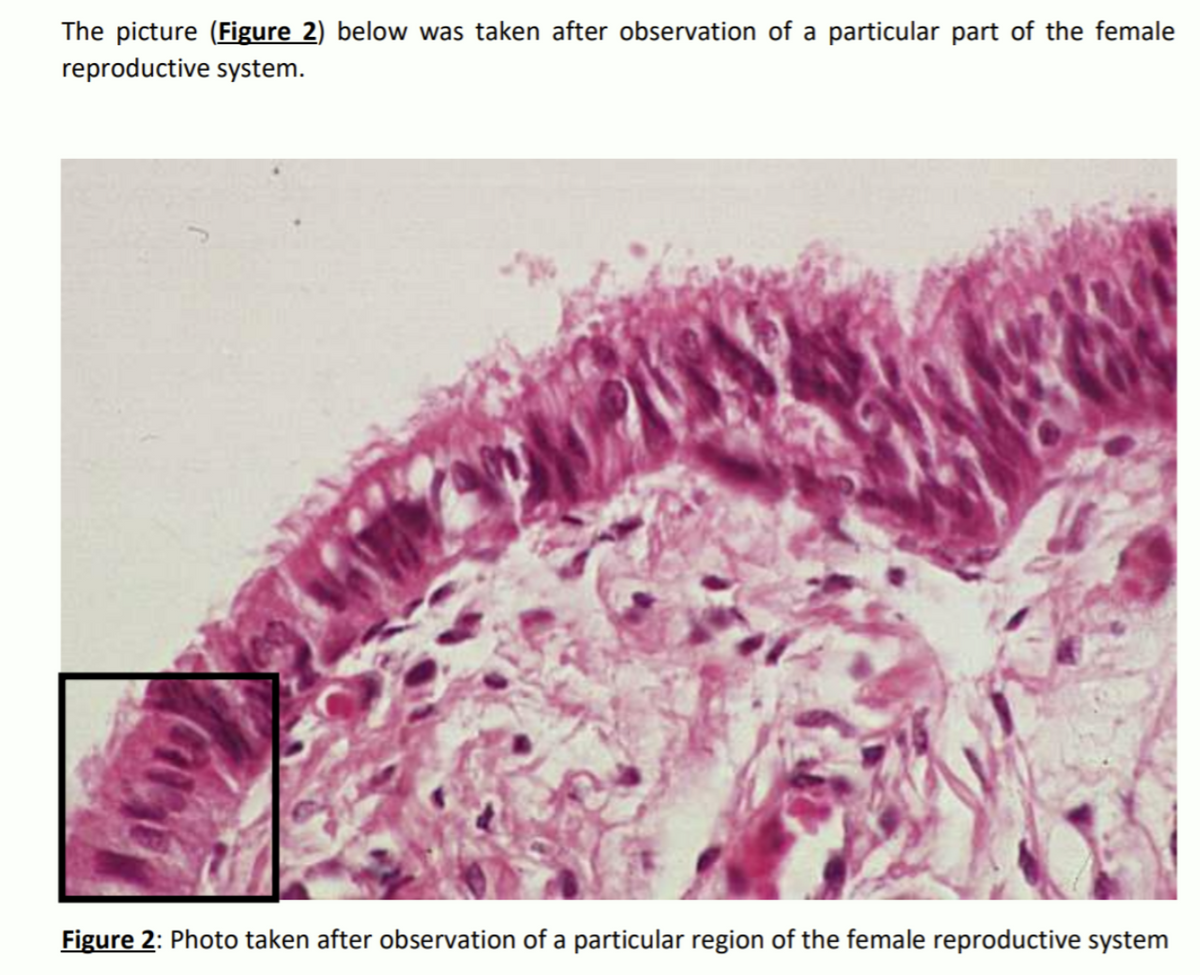The single uterus (womb) anchors and nourishes the developing fetus. Its walls are composed of 3 layers of tissues, respectively the perimetrium (outer thin cover), the myometrium (thick layer 2 of smooth muscles, which contract to deliver the baby), and the endometrium (inner glandular
tissue that lines the internal uterus cavity and undergoes cyclical changes during the menstrual cycle). The uterus lower part is called the cervix and its cavity is called the cervical canal.
The oviducts, also called the Fallopian tubes (10-12 cm long), transport the ovocytes released from the ovaries to the uterus by peristalsis. The oviducts are not attached to the ovaries. Instead, the exhibit a funnel-shaped extremity, dubbed the infundibulum, that opens with finger-like
projections to the ovaries in order to collect the emitted ovocyte. The remaining parts of the Fallopian tubes are named respectively the ampulla (the longest part of a Fallopian tube), and the isthamus(the part of the Fallopian tube, which is closer to the uterus). Each Fallopian tube is lined
with cilia that help the ovocytes move to the uterus. If sperms are present, fertilization takes place in the upper end of the fallopian tubes, i.e. the ampulla.
Comment Figure 2. To facilitate your analysis, focus your comments on the squared
region, where cells are the most representative

Step by step
Solved in 2 steps







